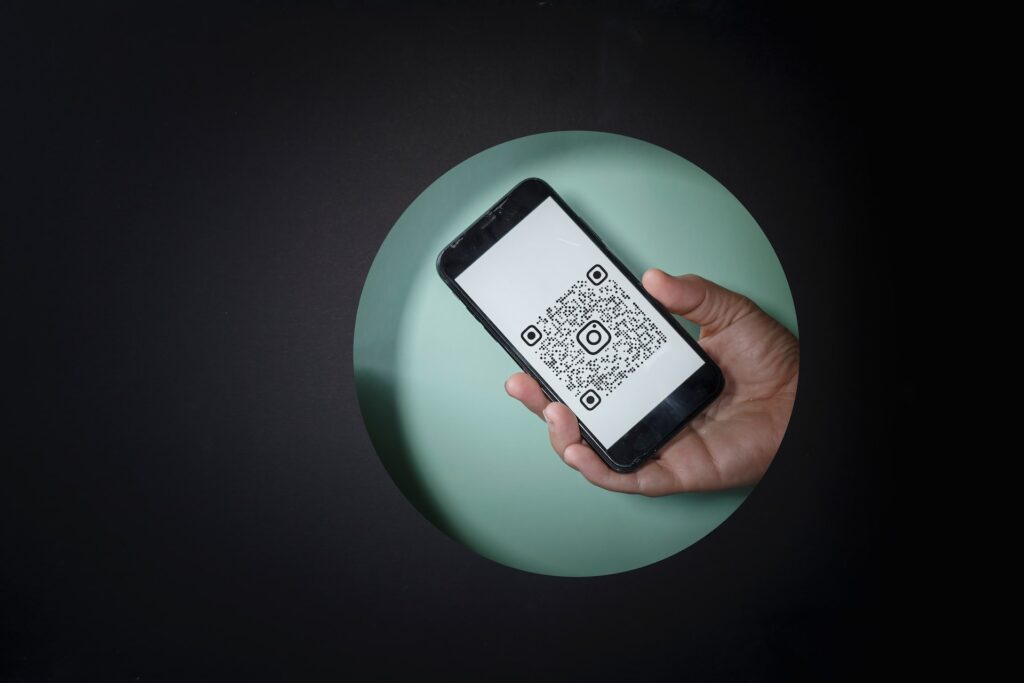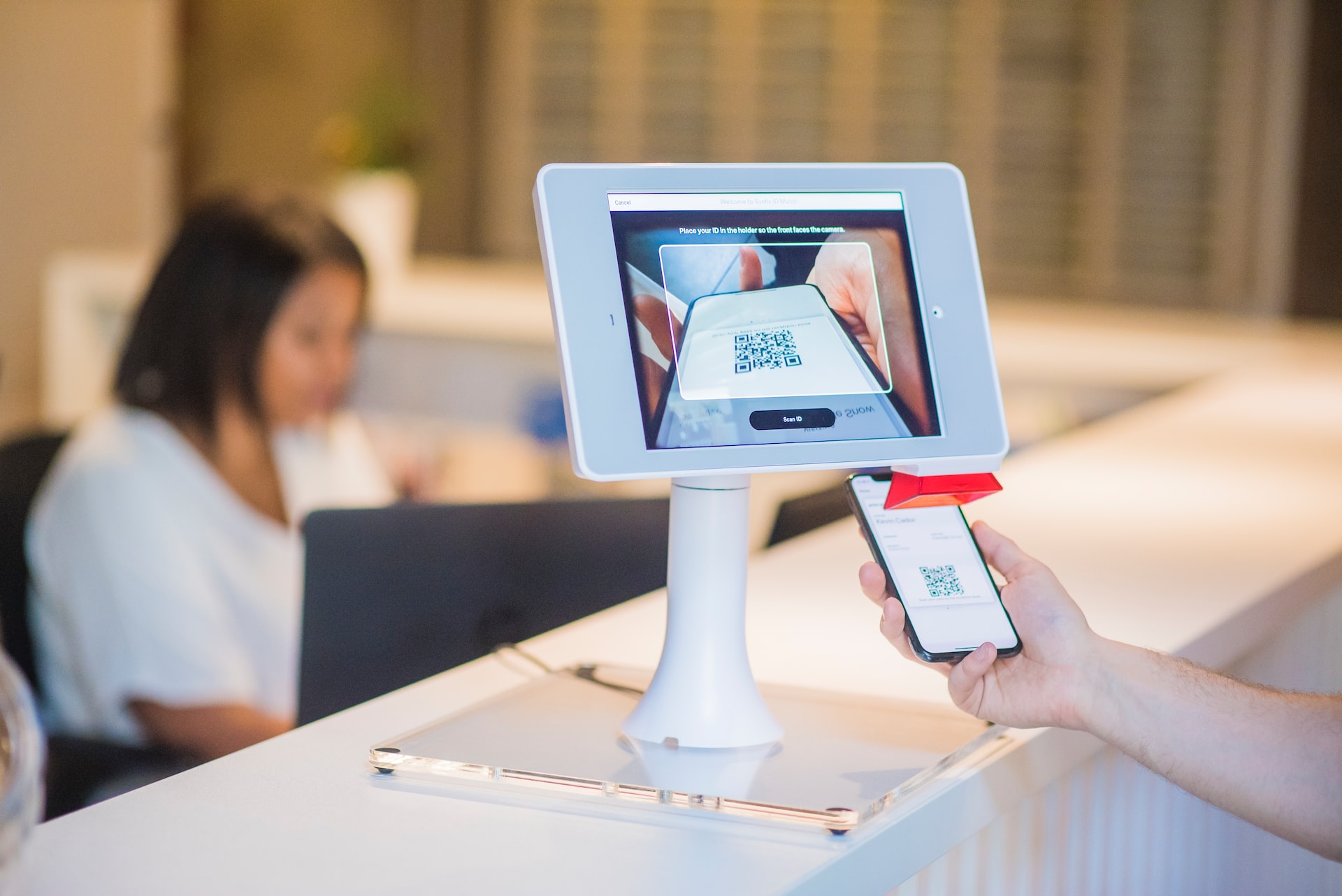In recent years, self-service kiosks have become increasingly popular in quick-service restaurants across the world. Malaysia is no exception to this trend, with many restaurants embracing self-service kiosks as a way to improve efficiency and customer experience. In this article, we’ll explore the advantages of implementing self-service kiosks in quick-service restaurants in Malaysia. View live site here!
What are self-service kiosks?
Self-service kiosks are touchscreen devices that allow customers to place and pay for their orders without the need for a cashier or server. Customers can choose from a digital menu, customize their orders, and pay using cash, card, or mobile payment. Once the order is placed, it is sent directly to the kitchen, reducing wait times and improving order accuracy.
The Pros of Self-Service Kiosks in Quick-Service Restaurants
- Improved Efficiency
One of the most significant advantages of self-service kiosks is the improved efficiency they bring to quick-service restaurants. With kiosks, customers can place their orders quickly and accurately, reducing the time spent waiting in line. This means that restaurants can serve more customers in less time, ultimately increasing revenue.
- Improved Order Accuracy
Order accuracy is crucial in the fast food industry, as mistakes can lead to dissatisfied customers and lost revenue. With self-service kiosks, customers can customize their orders to their exact specifications, ensuring that their food is made exactly how they want it. This reduces the likelihood of mistakes and ensures that customers are happy with their orders.

- Reduced Labor Costs
Self-service kiosks also have the potential to reduce labor costs for quick-service restaurants. With fewer cashiers and servers needed, restaurants can save money on labor expenses. These cost savings can be reinvested in other areas, such as improving the quality of the food or enhancing the overall customer experience.
- Increased Revenue
By improving efficiency, order accuracy, and reducing labor costs, self-service kiosks can help increase revenue for quick-service restaurants. With more customers served in less time, restaurants can increase their throughput and ultimately serve more customers per day.
- Improved Customer Experience
Self-service kiosks also improve the customer experience in quick-service restaurants. With shorter wait times, accurate orders, and a more streamlined ordering process, customers are more likely to have a positive experience at the restaurant. This can lead to increased customer loyalty and repeat business.
Conclusion
Overall, self-service kiosks offer many advantages to quick-service restaurants in Malaysia. From improved efficiency and order accuracy to reduced labor costs and increased revenue, self-service kiosks have the potential to revolutionize the fast food industry. As more and more restaurants adopt this technology, customers can expect to see shorter wait times, more accurate orders, and an overall better dining experience.
